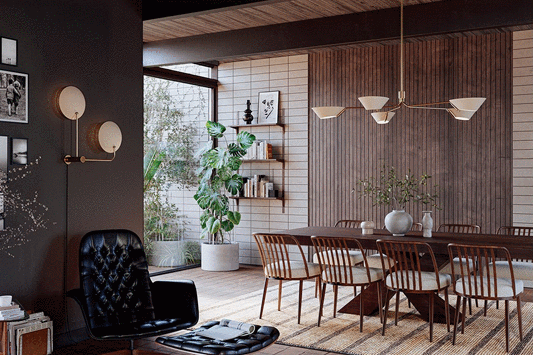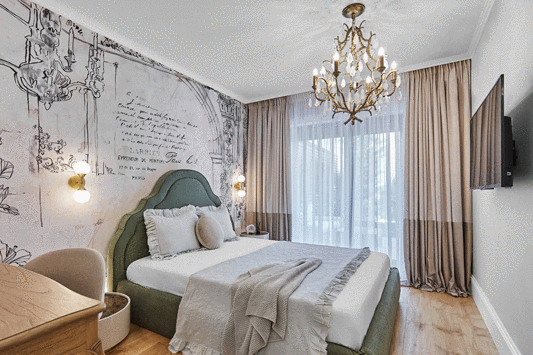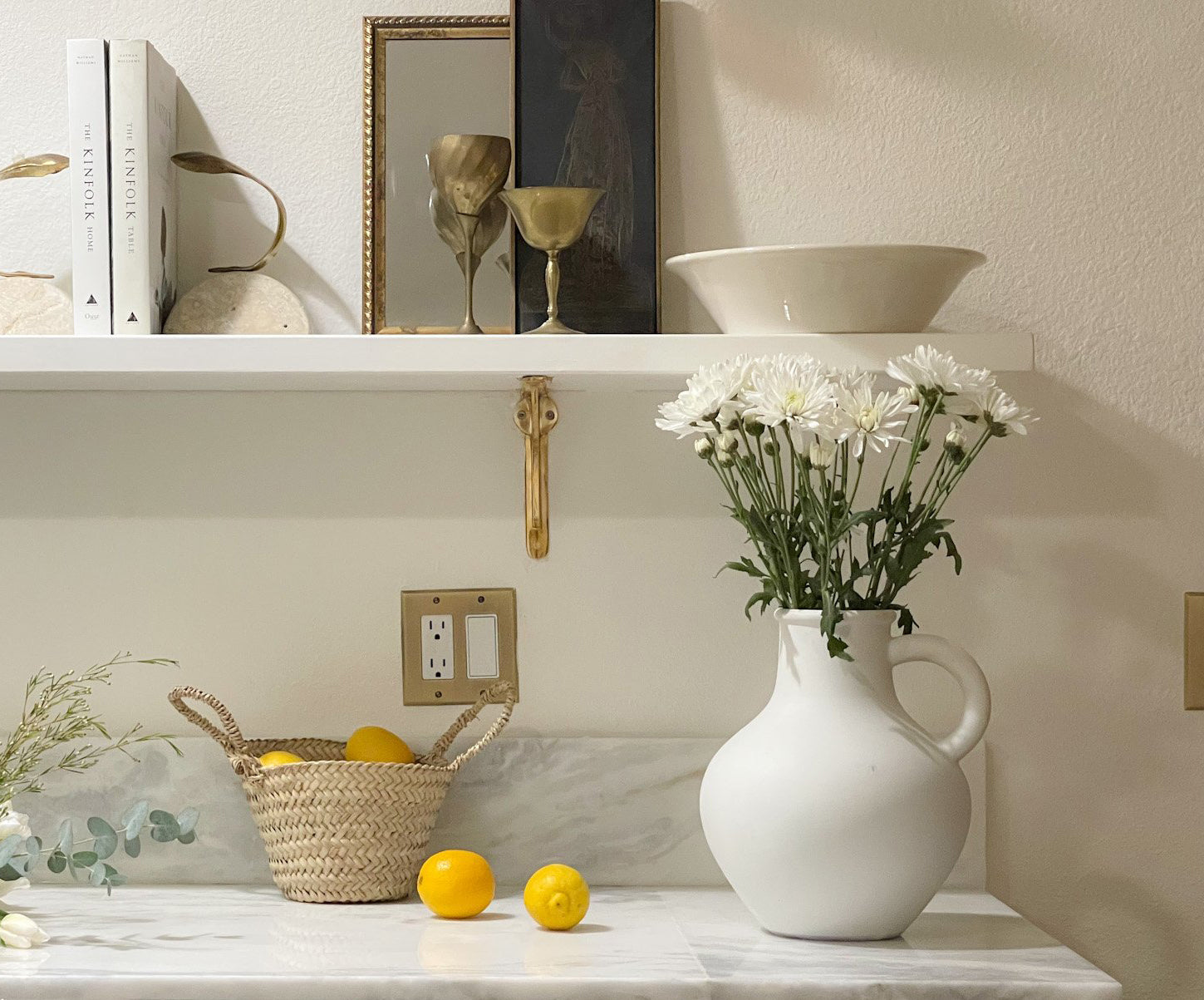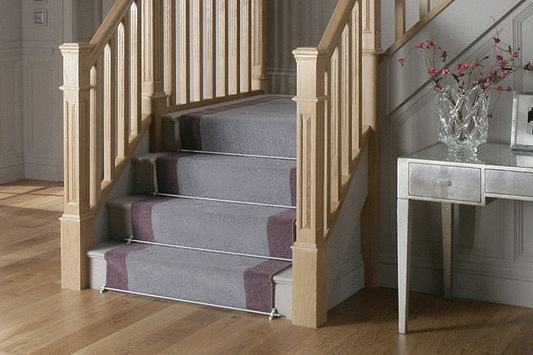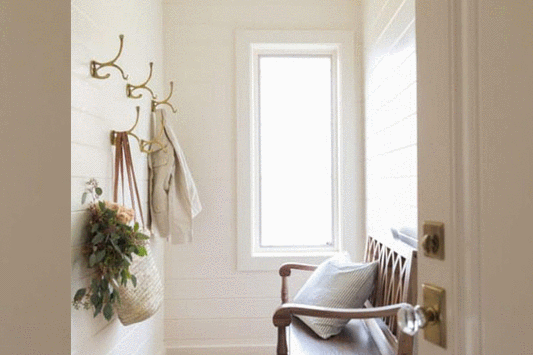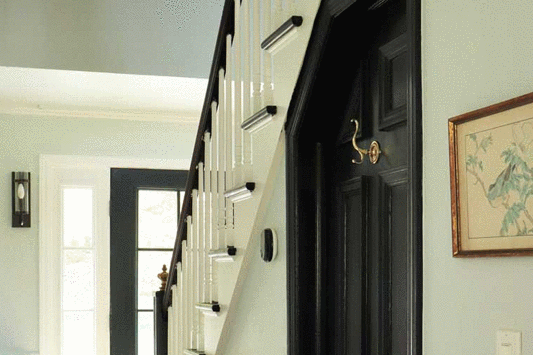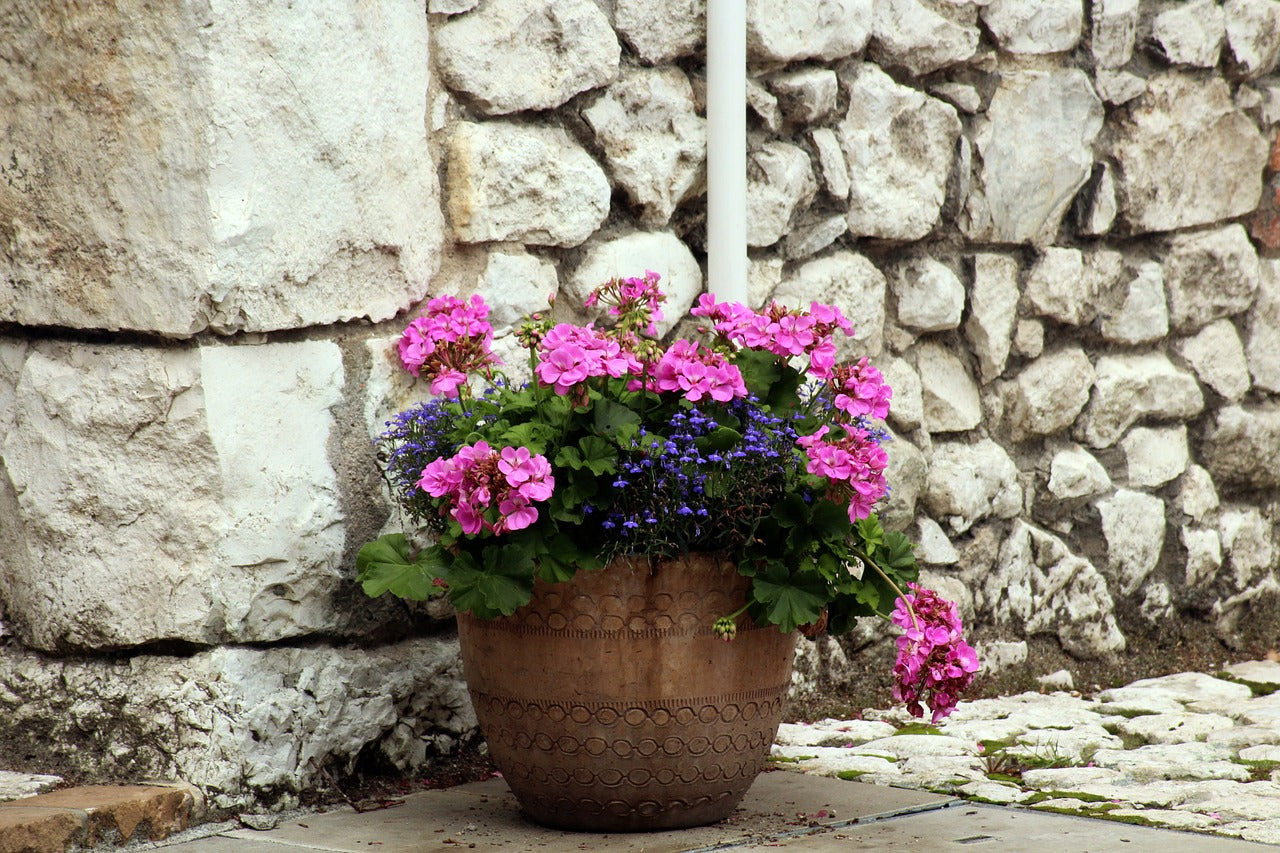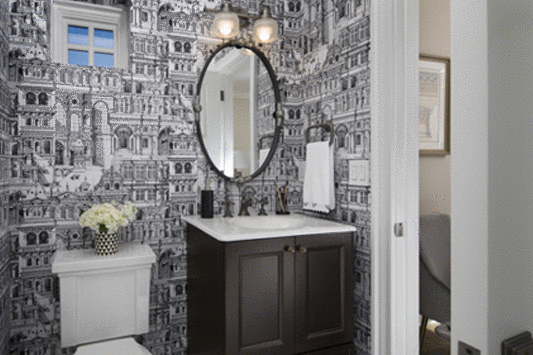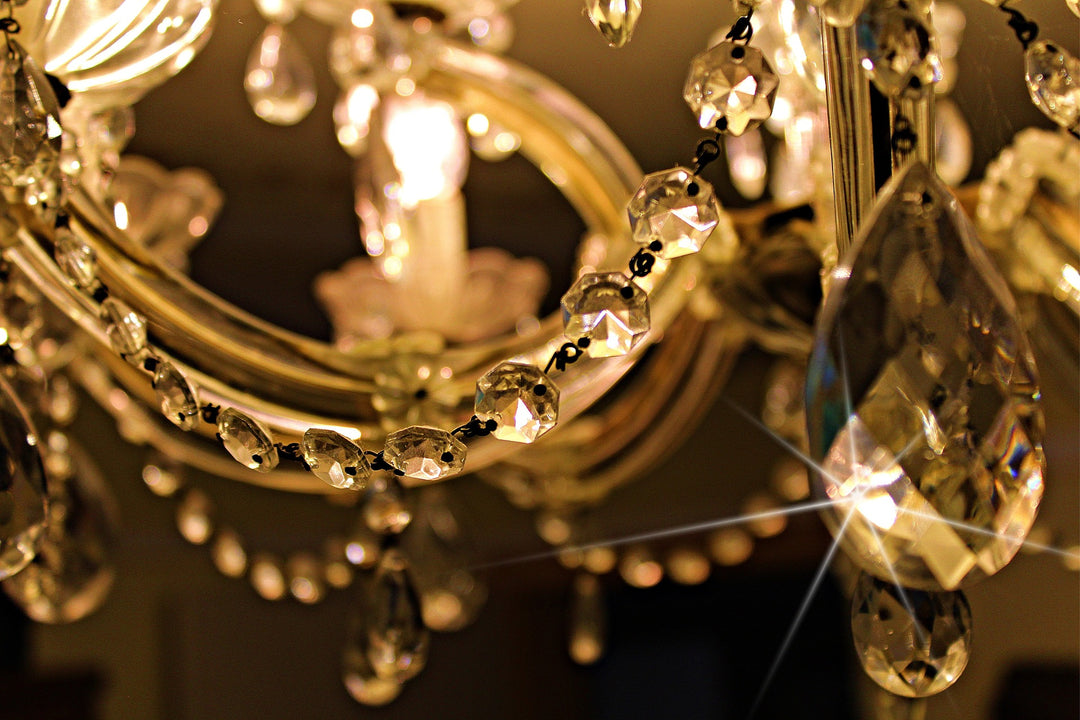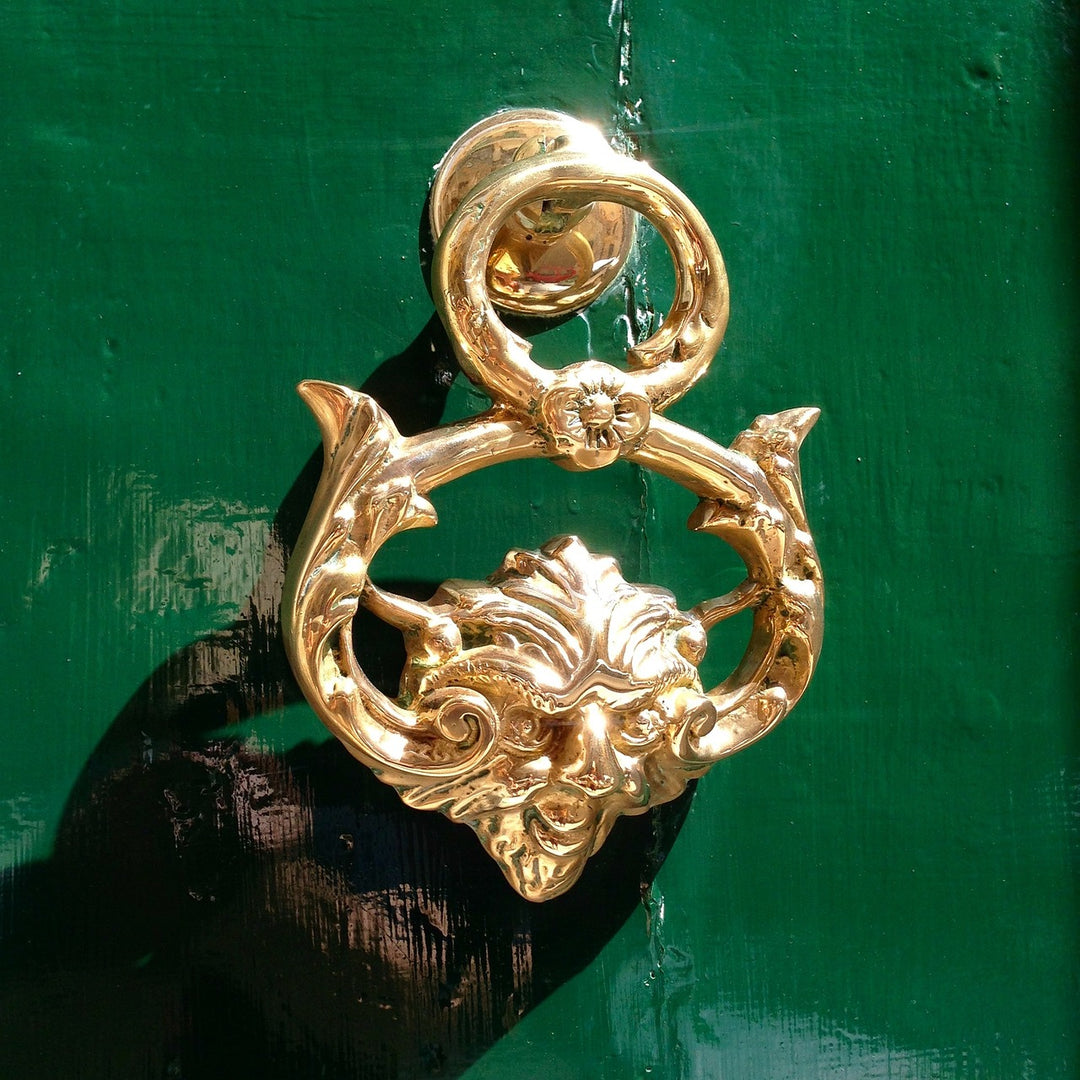The Beaux-Arts Style Architecture
The Beaux-Arts style of architecture is one of the most distinguished and influential architectural styles that emerged in the late 19th and early 20th century. It originated in France and became popular in America, where it was embraced by architects, urban planners and designers. This style of architecture is characterized by its grandeur, symmetry, classical details, and mastery of the use of space. It was heavily influenced by the neoclassical movement and the Ecole des Beaux Arts, a famous French school of fine arts. Beaux-Arts architecture was utilized in designing monumental public buildings, such as museums, universities, libraries, government buildings, and train stations. This article will delve into the history, characteristics, and examples of Beaux-Arts style architecture.

History:
The Beaux-Arts style has its roots in the Ecole des Beaux Arts, which was founded in Paris in 1648. The school taught a rigorous curriculum that focused on classical theory and design, with an emphasis on the human form. The Beaux-Arts style became popular in the 19th century, when the French government embarked on an ambitious plan to modernize Paris. The project, known as the “Haussmannization of Paris,” involved the demolition of medieval and Renaissance buildings and the construction of grand boulevards, public parks, and new public buildings. The school played a crucial role in training architects and designers who worked on these projects.
The Ecole des Beaux Arts was also responsible for the dissemination of the Beaux-Arts style throughout Europe and North America. Many graduates of the school traveled to other countries and established their own architectural practices, where they incorporated Beaux-Arts style elements into their designs. The style was especially popular in the United States during the Gilded Age, a period of great wealth and prosperity, when many public buildings, universities and railroad stations were constructed in the style. Some of the most notable American architects of the early 20th century, such as Charles McKim and Richard Morris Hunt, were trained at the Ecole des Beaux Arts.

Characteristics:
Beaux-Arts style architecture is characterized by its grandeur, symmetry, and classical detailing. Buildings constructed in this style are often monumental in size and designed to be impressive and imposing. They typically feature a symmetrical facade, with a central entrance and paired columns or pilasters. The buildings are often ornamented with classical motifs, such as pediments, cornices, friezes, and balustrades. The buildings are frequently clad in stone or other durable materials, such as brick, terra cotta or metal.
The Beaux-Arts style places a strong emphasis on the use of space. Buildings are designed to accommodate large numbers of people and to facilitate movement. The interiors are often organized around a central axis, with a grand staircase, rotunda or atrium. The use of natural light is also a hallmark of the style, with buildings featuring large, well-lit spaces and windows.

Examples:
One of the most famous examples of Beaux-Arts style architecture is the Paris Opera House, also known as the Palais Garnier. The building, designed by Charles Garnier and completed in 1875, is a stunning example of the style. The facade features a symmetrical design with a central dome and pediment, flanked by two wings. The building also features an elaborate interior with a grand staircase, marble columns, and a ceiling painted by Marc Chagall.
Another notable example of Beaux-Arts style architecture is the New York Public Library, designed by Carrère and Hastings and completed in 1911. The building features a monumental facade with a central entrance flanked by two lion statues. The interior of the building is organized around a central atrium, with a grand staircase and ornate reading rooms. The Union Station in Washington, D.C. is also a classic example of Beaux-Arts style architecture. The building, designed by Daniel Burnham and completed in 1907, features a central entrance with a grand staircase and a large, vaulted waiting room. The exterior of the building is faced with granite, while the interior is finished in marble.

The Beaux-Arts style of architecture has had a significant impact on the built environment in Europe and North America. It has been used to design some of the most iconic public buildings, such as museums, universities, government buildings, and train stations. The style’s emphasis on grandeur, symmetry, and classical detailing has remained influential, and can be seen in the design of contemporary buildings. The Ecole des Beaux Arts and the architects who trained there left an indelible mark on the history of architecture, and the Beaux-Arts style remains a testament to their legacy.



